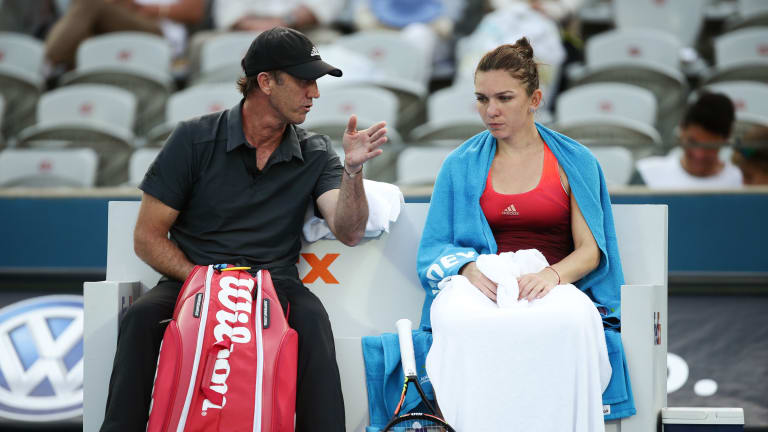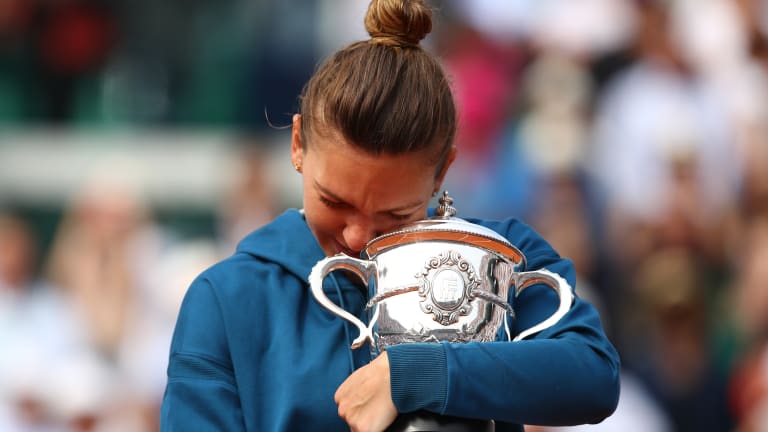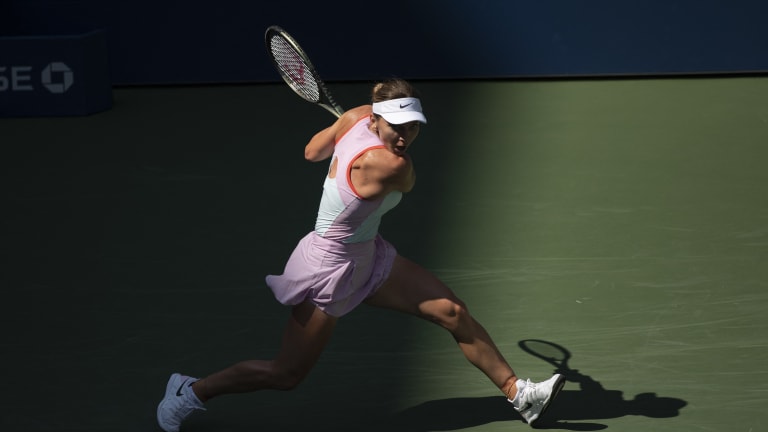Miami, USA
Simona Halep returns at the Miami Open: How we got here
By Mar 19, 2024Miami, USA
In beating idol Novak Djokovic, Jakub Mensik came of age in Miami
By Mar 31, 2025Miami, USA
Can Jessica Pegula step out of comfort zone on clay?
By Mar 31, 2025Miami, USA
Jakub Mensik, Miami champion, was going to pull out of the tournament an hour before his first match
Mar 31, 2025Miami, USA
Teenager Jakub Mensik denies Novak Djokovic 100th title in Miami Open upset
By Mar 31, 2025Miami, USA
Aryna Sabalenka takes aim at Iga Swiatek's dominance of the European clay season
By Mar 31, 2025Miami, USA
Novak Djokovic vs. Jakub Mensik: Where to watch, and who will win, their Miami Open final
By Mar 30, 2025Miami, USA
Roger Goodell watches on as Aryna Sabalenka defeats Jessica Pegula in Miami final
By Mar 29, 2025Miami, USA
Aryna Sabalenka masters Jessica Pegula again to win Miami Open
By Mar 29, 2025Miami, USA
19-year-old Jakub Mensik to face Novak Djokovic in Miami Open final
By Mar 29, 2025Simona Halep returns at the Miami Open: How we got here
A timeline of the partially exonerated former No. 1, who resumes her career Tuesday in South Florida.
Published Mar 19, 2024
Advertising
Advertising

“She became her worst enemy quite often,” former coach Darren Cahill said of Simona Halep.
© 2016 Getty Images
Advertising

A painful loss in one Grand Slam final opened the gate on Halep’s glory days, in another.
© 2018 Getty Images
Advertising

One of the last backhands Simona Halep has hit in professional tennis, at the 2022 US Open.
© AFP via Getty Images